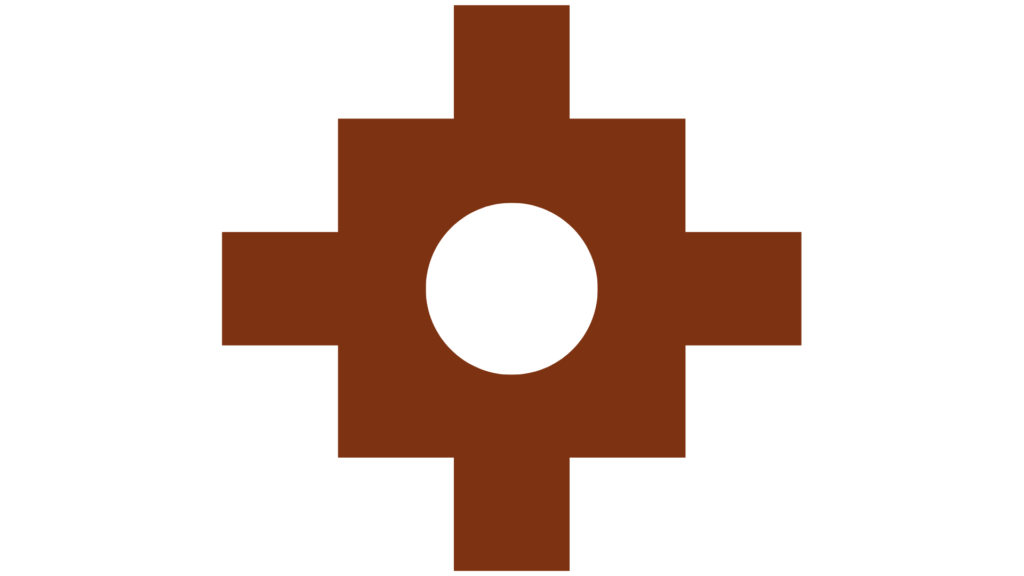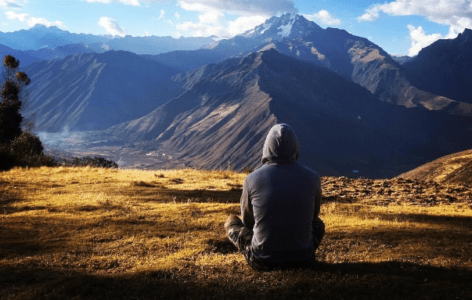Let’s continue with the second part of our blog about the chacana, the Inca symbol that represents a part of Andean cosmology.
If you haven’t read the first part yet, we invite you to read it first: Chacana Part 1.

In the lower left side of Chacana
We call it “kausanapac” or rule of conduct, is the third tier of three levels, which descend internally representing bodily life; these are the basic rules of ethics and morality.

The first tier
It is occupied by honesty, “Ama Llulla.”
Honesty was applied from the observance of fasts and penances to the assurance of others’ honesty.
There was a straightforward interaction where abuse of trust, negligence, or rude acts were inconceivable.
The second level
Corresponds to integrity, “Ama Sua,” which is the behavioral norm within the community.
In the time of the Incas, integrity also meant not committing errors against others or their interests.
Integrity was not limited to material possessions but encompassed all forms of social interaction, sharing work and obligations with others.
The third level
It is occupied by the norm “Ama Quella,” which means “diligence, conscious and constant work” for the enhancement of the Empire, resulting in more food, work, and festivals for the entire people.
It signifies the obligation to produce to share, collaborate to acquire, and participate in common endeavors, known as Ayni, in the task of enlarging the Tahuantinsuyu.
The last tier corresponds to the lower

Known as “yayaypac” or unchangeability.
The first tier
It’s occupied by the lands of the sun, symbolizing the sanctity of labor.
These lands were a powerful economic force, and the goods obtained from them supported 6,000 solar priests for the worship of the huacas and for celebrations.
The second level
It is occupied by the lands of the Inca, which were the largest and located on the best soils.
The people worked these lands to produce vast resources like food, clothing, utensils, tools, and weapons, which they used to repay the service they provided to the empire.
They used this production to feed the populations they annexed each year and to assist populations affected by natural disasters.
The third tier
It was occupied by the lands of the people, which were resources for the sustenance of the population.
These lands were generously distributed and used to serve the people during major festivals.
They provided the population with housing, clothing, food, and familial support.
Reference:
Candia Muriel, C e Iwaki Ordoñez, R (1994) El intitake y símbolos andinos. Cuadernos Andinos Nº1.



